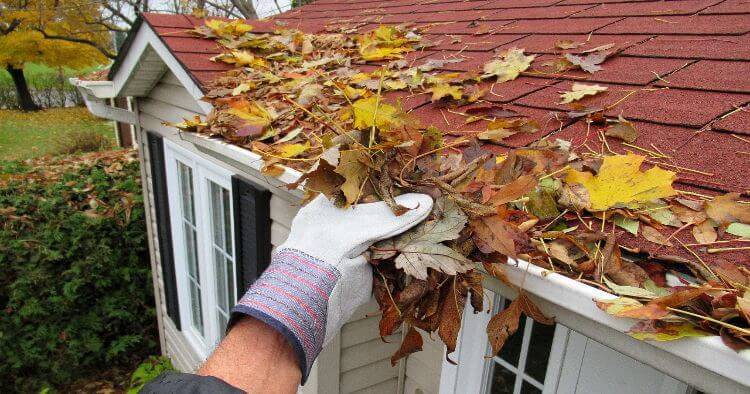How to prevent water damage with proper home drainage

The skies open up and suddenly you have pools of water in your yard and a suspicious dripping in your basement, leaving your home vulnerable to costly water damage. Or if you’re lucky, the skies open up, your home is safe from any ominous signs of water damage and the flowers in your garden bloom. (I'll take option two, please and thank you!)
[1]:
[2]: /en-us/assets/images/blog/HomeServe-CTAsAvailablePlan.jpg
[3]: /en-us/assets/images/blog/HomeServe-CTAsViewPlan.jpg
[![HomeServeAvailablePlan][2]][1]
Installing and maintaining the proper drainage systems are key steps to protecting your home from the unfortunate consequences of water damage. Without strong drainage, water can damage your foundation, causing cracks where the liquid can enter your home. Once water sneaks its way in, it won't be long before you have mold, soggy surfaces, stains and other unfortunate drainage problems.
Here's how to prevent water damage with drainage systems:
Spruce up the gutters
If they're clogged with leaves and other debris, your gutters will do more harm than good. Rather than smoothly transporting the water away from your home, clogged gutters cause water to flow down the side of your house, which can significantly damage the siding and foundation. As such, it's important to clean your gutters on a regular basis. The Insurance Information Institute also suggests installing gutter guards to prevent the clogs from building up in the first place.
Gutter positioning is vital to proper drainage. House Logic advised placing the downspouts so that they direct water about five to 10 feet away from your house.
Slope the yard
Make sure water runoff flows away from your home, rather than pooling near the foundation. To do that, House Logic suggested sloping your yard at least six inches over a 10-foot span away from your house. Another solution for redirecting runoff is a French drain trench system, which HomeTips estimated will cost about $1,000 to $1,500 to install.
Learn More About Home Repair Plans Near You
Protect the basement
To prevent basement water seepage, the Insurance Information Institute advises resealing your basement and painting worrisome areas with a water sealant to keep the liquid out. You can plug tiny gaps around plumbing pipes with hydraulic cement or polyurethane caulk, but note that this easy fix won't be strong enough to fix large holes or leaks in wall joints. You may also want to install gutter extensions if your current downspouts don't extend far enough away from the walls from your home.
Put a strong roof over your head
Your roof is there to keep water and other dangers outside of your home - hence why ongoing maintenance is especially important to make sure it's in good working condition. HomeTips noted that while roofs have lengthy lifespans of 20 to 30 years, weather, trees and other debris can damage the shingles. Be sure to inspect your roof regularly and replace broken or missing shingles.
Seal the doors and windows
Caulk and seal around doors and window frames to prevent water seepage from entering your home through sneaky gaps.
Watch your sprinkler system
Inspect your sprinkler and irrigation systems to ensure they aren't the source of pooling water, leaks or other issues. Of course, be sure to angle your sprinkler heads so that they spray your yard and not the side of your house, driveway or any other walkways.
Bring in the reinforcements
If you still notice leaking, pooling, overflowing or other water dangers, your home may need additional drainage reinforcements. For instance, DoItYourself.com advises placing gravel around the perimeter of your house to prevent water build up and seepage into the basement or crawl spaces. Family Handyman also suggests several drainage systems to reinforce your gutters and yard gradient, such as creating a creek bed, building a rain garden, adding an underground drainage pipe or opting for a dry well.
Once you have the proper drainage systems in place, keep track of ongoing maintenance tasks to further prevent water damage.
Being prepared for home repairs caused by water damage is always a good strategy. See how plans from HomeServe can help with the costs of covered repairs.
[![HomeServeViewPlan][3]][1]


